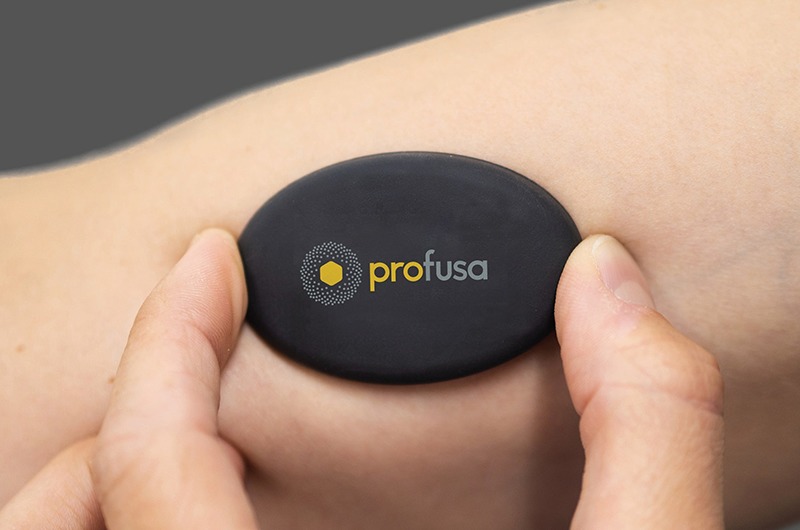Profusa, a California-based medical device company pioneering the next generation of personalized medicine, announced it has received CE Mark for its Wireless Lumee® Oxygen Platform for continuous, real-time monitoring of tissue oxygen in patients with potential acute and/or chronic changes in tissue oxygen levels who may benefit from monitoring. The company will initially market the new wearable for use in doctor’s offices, hospitals, ambulatory care and sports medicine clinics in the European Union.
Read more This “Smart Stent” Can Monitor Blood Flow and Detect Narrowing of Artery
The system is designed to monitor compromised tissue in conditions such as peripheral artery disease (PAD) and critical limb ischemia (CLI). Both conditions result from a narrowing of blood vessels and reduced blood flow to the lower limbs, says a press release.
Peripheral artery disease (PAD) affects more than 200 million people worldwide and occurs when arteries narrowed by a build-up of plaque cannot deliver the oxygen-rich blood needed for the extremities. Legs and feet can be painful and develop sores that do not heal. Critical limb ischemia (CLI) is a severe form of PAD in which affected limbs can become gangrenous, putting the patient at risk of amputation. Tissue oxygen levels can be significantly compromised in people with PAD and CLI.
The Wireless Lumee Oxygen Platform consists of a tiny biosensor with an intelligent data platform. A low profile, lightweight wearable patch adheres to the skin and “reads” the fluorescent signal from the biosensor injected in the upper arm, shoulder or leg. The data is then transmitted wirelessly to a tablet, which displays real-time data visualization using the Lumee app.

“The Wireless Lumee Oxygen system does a few important things. It measures information that is key for patient care, giving feedback via the tablet. And the wireless reader is easy to set up and incorporate into clinical procedures,” said Marianne Brodmann, M.D., a vascular specialist at the Medical University of Graz, Austria.
The data provided by the platform include changes in oxygen, comparison of current patient’s data with historical data from a clinical registry study, and a data report. The new outputs allow physicians to monitor a patient’s oxygen levels before, during and after an endovascular procedure, in which blocked arteries are cleared.
“The more comprehensive and detailed we can make our data, the better we are able to help people living with peripheral artery disease and other serious conditions in which blood flow to the limbs is impeded,” said Ben Hwang, Ph.D., chairman and CEO of Profusa. “We designed the Wireless Lumee Oxygen Platform to be small and wearable in order to increase its uptake and use. Our goal with both generations of the Lumee Oxygen Platform is to transform care for patients who could benefit from continuous, real-time monitoring of tissue oxygen levels. We believe that the Wireless Lumee Oxygen Platform will especially help realize the promise of remote patient monitoring and digital health applications.”












